Home>Garden Essentials>What Did Crop Rotation Mean In The Industrail Revolution
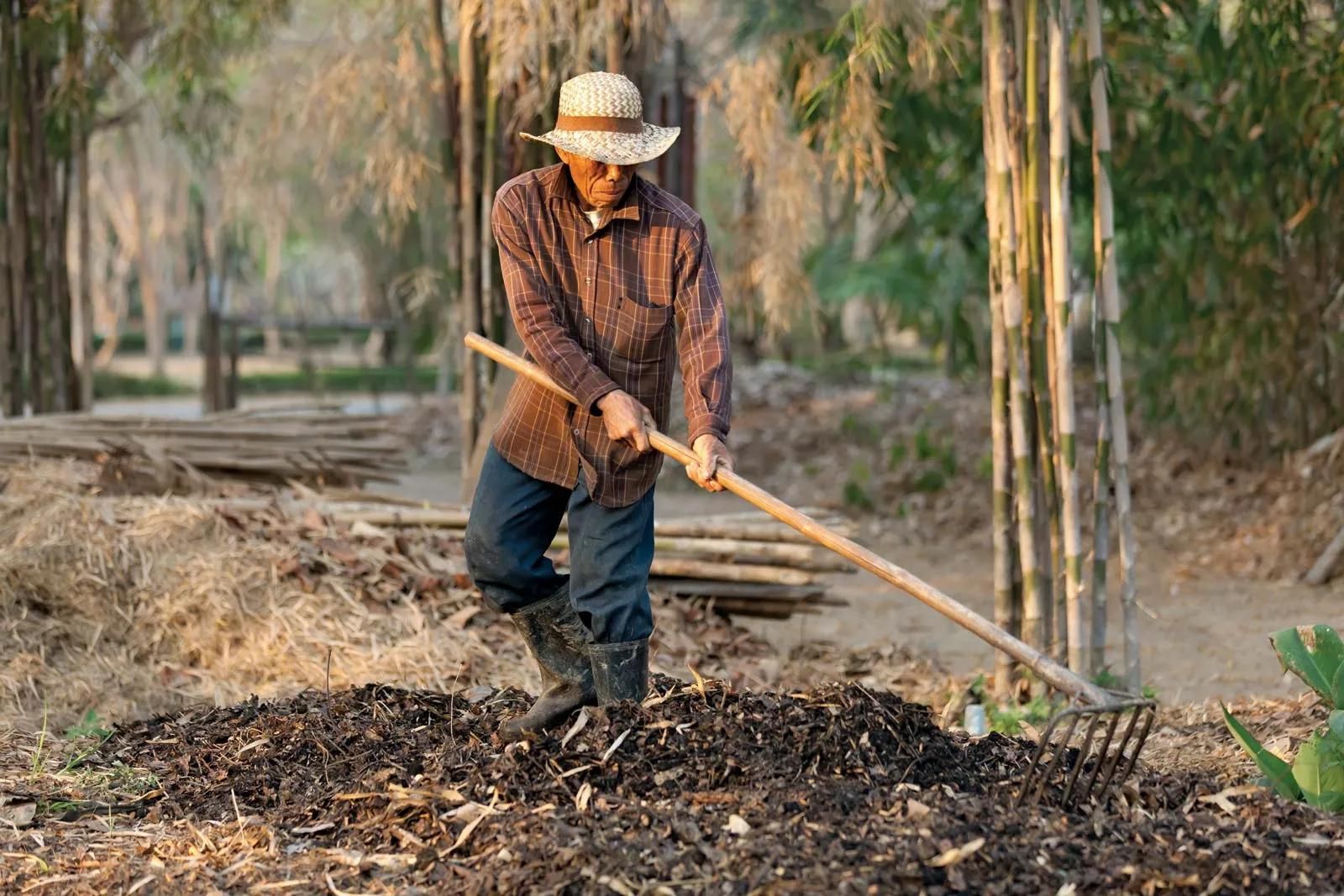

Garden Essentials
What Did Crop Rotation Mean In The Industrail Revolution
Modified: March 15, 2024
Discover how crop rotation revolutionized gardening during the Industrial Revolution and learn its vital importance in building a productive and sustainable garden.
(Many of the links in this article redirect to a specific reviewed product. Your purchase of these products through affiliate links helps to generate commission for Storables.com, at no extra cost. Learn more)
Introduction
The Industrial Revolution was a pivotal period in human history that transformed societies and economies across the globe. While it is often associated with technological advancements and the rise of factories, one key development during this time was the revolution in agriculture. One of the key practices that emerged during the Industrial Revolution was crop rotation.
Crop rotation is a method of systematically planting different crops in a planned sequence over a period of time. It involves dividing the land into different plots and rotating crops among them each growing season. The concept of crop rotation was not new, as farmers had been practicing it for centuries. However, its significance and impact were magnified during the Industrial Revolution.
Before we delve into the details of crop rotation during the Industrial Revolution, let’s first understand what exactly crop rotation entails and why it became so important during this time of immense change.
Key Takeaways:
- Crop rotation during the Industrial Revolution improved soil health, controlled pests, and increased crop productivity. It revolutionized farming methods and laid the foundation for sustainable agriculture today.
- Despite challenges, crop rotation became a crucial solution for farmers, balancing soil fertility and conserving natural resources. Its impact extended beyond the Industrial Revolution, shaping modern agricultural practices.
Definition of Crop Rotation
Crop rotation is a systematic method of planting different crops in a planned sequence over multiple growing seasons on the same piece of land. It involves dividing the land into specific plots and strategically rotating crops among them year after year. Each crop has unique nutrient requirements and impacts the soil differently, so by rotating crops, farmers can optimize soil fertility, control pests and diseases, and reduce the risk of soil erosion.
The concept of crop rotation is based on the understanding that different plant families have varying nutrient requirements and interact with the soil in distinct ways. By rotating crops, farmers can ensure that the soil is not depleted of specific nutrients. For example, leguminous plants such as peas and beans have the unique ability to fix atmospheric nitrogen into the soil, enriching it for subsequent crops that require nitrogen. Additionally, different crops have different root structures, which can help improve soil structure and prevent soil compaction.
Crop rotation also plays a crucial role in managing pests and diseases. Many pests and pathogens have a specific host preference, so by rotating crops, farmers can disrupt their life cycles and reduce the build-up of pests and diseases in the soil. Furthermore, alternating crops can help break the cycle of weed growth, as different crops may require different weed management techniques. This reduces the reliance on chemical herbicides and promotes more sustainable agricultural practices.
Essentially, crop rotation is an environmentally-friendly and sustainable agricultural practice that aims to maximize crop productivity while minimizing the need for external inputs such as fertilizers and pesticides. By diversifying crops and adopting rotation schedules, farmers can maintain soil fertility, improve crop health, and achieve long-term agricultural sustainability.
Agricultural Practices Before the Industrial Revolution
Before the Industrial Revolution, agriculture was predominantly characterized by traditional farming practices that had been in place for centuries. These practices were labor-intensive, relied heavily on manual labor and draft animals, and were based on the principles of subsistence farming.
- Open-field system: The dominant agricultural system in Europe before the Industrial Revolution was the open-field system. Under this system, large tracts of land were divided into three main fields, which were then further divided into strips or long narrow plots. The fields were collectively farmed by the local community, and each farmer had a mix of strips distributed across the three fields. This system allowed for collective management of resources but limited individual autonomy and innovation.
- Medieval crop rotation: Despite the lack of scientific knowledge about soil fertility and nutrient cycling, medieval farmers practiced a crude form of crop rotation known as the “two-field” or “three-field” system. Under this system, one field would be left fallow or planted with leguminous crops to restore soil fertility, while the other field would be cultivated with cereals. The fields would be rotated periodically to prevent soil exhaustion.
- Intensive land use: Due to the limited availability of arable land, farmers focused on intensively cultivating the available plots. This involved practices such as double digging, which required considerable manual labor to break up the soil and enhance its fertility. Farmers also employed mixed cropping, intercropping, and agroforestry techniques to maximize productivity within limited spaces.
These pre-Industrial Revolution agricultural practices were often characterized by low yields, limited crop diversity, and a lack of scientific understanding of soil health. There was a heavy reliance on manual labor, and the productivity of the land was constrained by the limitations of these traditional practices.
However, the advent of the Industrial Revolution brought about significant changes in agricultural practices, including the widespread adoption of crop rotation. This revolutionized the way crops were grown and laid the foundation for modern agricultural methods.
The Need for Crop Rotation
During the Industrial Revolution, the need for crop rotation became increasingly evident as agriculture faced new challenges and demands. Several factors contributed to the recognition of the importance of crop rotation during this period.
1. Soil fertility depletion: Intensive cultivation practices and continuous cropping in the pre-industrial era had led to the depletion of soil fertility. Farmers noticed a decline in crop yields and soil productivity over time. It became clear that a more sustainable approach was needed to maintain or restore soil fertility.
2. Lack of chemical fertilizers: The Industrial Revolution brought about advancements in technology and the rise of chemical industries. However, the availability and affordability of chemical fertilizers were still limited during this time. Farmers needed alternative methods to replenish the soil with nutrients.
3. Pest and disease management: Traditional farming practices were susceptible to pest and disease outbreaks. Continuous cropping of the same crop in the same location provided an ideal environment for pests and pathogens to thrive. Crop rotation offered a way to break this cycle and reduce pest and disease pressure.
4. Diversification of agricultural production: The rise of industrialization and the demand for diverse agricultural products created a need for crop diversification. Crop rotation allowed farmers to grow different crops in a planned sequence, thereby expanding their range of produce for market sale and consumption.
5. Conservation of natural resources: The awareness of the importance of preserving natural resources and promoting sustainable agriculture grew during the Industrial Revolution. Crop rotation played a key role in conserving soil, preventing erosion, and mitigating the negative environmental impacts of farming practices.
Overall, crop rotation emerged as a solution to address these pressing concerns in agriculture. It offered a way to improve soil fertility, control pests and diseases, diversify crops, and promote sustainable land management practices. The need for crop rotation was clear, and its adoption during the Industrial Revolution marked a significant shift in agricultural practices.
Benefits of Crop Rotation in the Industrial Revolution
Crop rotation played a crucial role in revolutionizing agriculture during the Industrial Revolution. It offered numerous benefits that helped farmers increase productivity, improve soil health, and adapt to the changing demands of the time. Here are some key benefits of crop rotation during this period:
1. Improved soil fertility: Crop rotation helped replenish soil nutrients and improve fertility. By rotating crops with different nutrient requirements, farmers could prevent the depletion of specific nutrients and promote more balanced soil fertility. For example, leguminous crops such as peas and beans helped fix atmospheric nitrogen, enriching the soil for subsequent crops that required nitrogen.
2. Pest and disease control: Rotating crops disrupted pest and disease life cycles, reducing the risk of outbreaks. Different crops have varying susceptibilities to pests and diseases, so by changing the crop species grown in a particular field each year, farmers could break the cycle of pest and disease buildup. This practice minimized the need for chemical pesticides and promoted natural pest control.
3. Weed suppression: Crop rotation helped suppress weeds by introducing different crop types with different growth habits and timings. This disrupted the growth and spread of weeds that were specific to certain crops, reducing the need for manual weeding or chemical herbicides. The diversity of crops also helped shade the soil, reducing weed germination and competition.
4. Increased agricultural productivity: By diversifying the range of crops grown on their land, farmers were able to increase agricultural productivity. This allowed them to meet the growing demand for various food crops, feed for livestock, and raw materials for industrial processing. Crop rotation helped optimize land use and maximize yield potential.
5. Soil erosion prevention: The Industrial Revolution saw an increase in land cultivation and intensified farming practices, which often led to soil erosion. Implementing crop rotation helped prevent soil erosion by improving soil structure, reducing nutrient leaching, and promoting vegetation cover throughout the year. This aided in the conservation of soil resources for long-term agricultural sustainability.
6. Income stability: Crop rotation provided farmers with a more stable and diversified income. By growing a variety of crops, farmers could spread their financial risks and adapt to market demands. They could take advantage of different crop prices and seasons, ensuring a more consistent income throughout the year.
Overall, the benefits of crop rotation during the Industrial Revolution were transformative. It addressed key agricultural challenges, improved soil health, enhanced productivity, and promoted sustainable farming practices. The widespread adoption of crop rotation contributed to the advancements in agricultural production that characterized this period of history.
Crop rotation in the Industrial Revolution meant alternating different crops in the same field each season. This helped improve soil fertility and crop yields, leading to increased agricultural productivity.
Impact of Crop Rotation on Agricultural Productivity
The implementation of crop rotation during the Industrial Revolution had a significant impact on agricultural productivity. This practice revolutionized farming methods and contributed to increased yields, improved soil health, and sustainable land management. Here are some of the key impacts of crop rotation on agricultural productivity:
1. Improved soil fertility: Crop rotation balanced soil nutrient levels and prevented depletion of specific nutrients. By rotating crops with varying nutrient requirements, farmers could ensure that the soil remained adequately nourished and fertile. This led to healthier plant growth, increased crop yields, and reduced reliance on external fertilizers.
2. Pest and disease control: Crop rotation disrupted pest and disease cycles, reducing the risk of outbreaks. Different crops have varying susceptibilities to pests and diseases, so by changing the crop species grown in a particular field each year, farmers could break the cycle of pest and disease buildup. This reduced the need for chemical pesticides and promoted more natural pest control methods.
3. Weed suppression: Crop rotation helped suppress weeds by introducing different crop types with different growth habits and timings. This disrupted the growth and spread of weeds that were specific to certain crops, reducing the need for manual weeding or chemical herbicides. The diversity of crops also helped shade the soil, reducing weed germination and competition.
4. Nutrient cycling and conservation: Crop rotation facilitated the efficient cycling and conservation of nutrients in the soil. Different crops have different rooting patterns and nutrient uptake preferences, which helps distribute nutrients more evenly throughout the soil profile. This reduces nutrient leaching and enhances nutrient availability for subsequent crops, ultimately improving overall plant health and productivity.
5. Soil erosion prevention: The implementation of crop rotation contributed to soil erosion prevention. By planting crops with different root systems and growth characteristics, farmers could improve soil structure and enhance organic matter content. This, in turn, increased the soil’s ability to absorb and retain water, reducing the risk of erosion caused by heavy rainfall or wind.
6. Increased crop diversity and market opportunities: Crop rotation allowed farmers to diversify their crop production, leading to increased resilience and market opportunities. By rotating through different crops, farmers could tap into various markets and respond to changing consumer demands. This diversification also reduced the dependence on a single crop, mitigating the risks associated with price fluctuations or crop failures.
In summary, crop rotation had a profound impact on agricultural productivity during the Industrial Revolution. It enhanced soil fertility, controlled pests and diseases, suppressed weeds, conserved nutrients, prevented soil erosion, and enabled farmers to diversify their crops for economic stability. These benefits not only increased yields but also laid the foundation for sustainable farming practices that persist to this day.
Adoption of Crop Rotation in Different Regions
During the Industrial Revolution, the adoption of crop rotation varied across different regions, influenced by factors such as geography, climate, traditional farming practices, and local agricultural knowledge. However, the overall recognition of its benefits led to its widespread implementation in many agricultural areas. Here is a look at the adoption of crop rotation in different regions during the Industrial Revolution:
1. United Kingdom: The United Kingdom was one of the pioneers in implementing crop rotation during the Agricultural Revolution. Influential figures like Jethro Tull and Charles Townshend promoted the use of crop rotation systems such as the Norfolk four-course rotation. This system involved alternating crops like turnips, barley, clover, and wheat, which improved soil fertility and productivity. The adoption of crop rotation in the UK led to significant advancements in agricultural productivity and served as an inspiration for other countries.
2. Europe: European countries, especially those with a strong agricultural tradition, also embraced crop rotation. In countries like France and Germany, various crop rotation systems were developed and implemented. For example, the three-field system, where one field was left fallow while the other two had crops, was widely practiced. Other rotation systems involved a combination of crops like rye, wheat, oats, legumes, and tubers. The adoption of crop rotation in Europe led to increased agricultural productivity and contributed to the food security of growing populations.
3. North America: In North America, the adoption of crop rotation practices was influenced by both indigenous knowledge and European farming techniques. Native American tribes, such as the Iroquois and Cherokee, employed crop rotation methods long before European settlement. After colonization, European settlers brought their own rotation practices, including the four-field rotation system. These practices helped cultivate and improve productivity in the new agricultural regions of North America.
4. Asia: In Asia, agricultural practices varied across different regions. In some areas, such as China and India, traditional farming methods incorporated elements of crop rotation. For example, in China, a system called the “fish-rice system” involved rotating rice crops with fish farming, which improved soil fertility and provided a sustainable food source. In other regions of Asia, where rice cultivation dominated, crop rotation was less prevalent due to the specific requirements of rice production.
5. Other regions: Crop rotation practices were also adopted in other regions around the world, albeit with variations based on local agricultural circumstances. In regions like Australia, South Africa, and South America, where European colonization occurred, crop rotation methods brought by settlers were often implemented. Local adaptations and modifications were made to suit the specific soil conditions, climate, and crop preferences of each region.
Overall, the adoption of crop rotation during the Industrial Revolution extended to various regions worldwide. While the specific rotation systems and crops used may have differed, the shared objective of improving agricultural productivity and sustainability united farmers and led to the widespread implementation of this transformative practice.
Challenges and Limitations of Crop Rotation
While crop rotation offered numerous benefits during the Industrial Revolution, there were also several challenges and limitations associated with its implementation. These factors influenced the effectiveness and widespread adoption of crop rotation practices. Here are some of the challenges and limitations faced:
1. Limited crop options: In some regions, the availability of suitable crop options for rotation was limited. The climate, soil conditions, and market demands may not have supported a wide range of crops, making it challenging to implement diverse rotation systems. This limitation could hinder the optimization of soil fertility and the potential benefits of crop rotation.
2. Lack of knowledge and understanding: Prior to scientific advancements, there was limited understanding of crop nutrition and soil health. Farmers may not have had access to information regarding the specific nutrient requirements of different crops or the mechanisms through which crop rotation improved soil fertility. This lack of knowledge could result in suboptimal rotation practices or limited motivation to adopt crop rotation.
3. Resistance to change: Traditional farming practices often had deep cultural and social roots, making the adoption of new practices challenging. Resistance to change, especially among older generations of farmers, may have hindered the widespread acceptance and implementation of crop rotation. The perception of increased complexity or the need for additional resources could also discourage farmers from adopting crop rotation methods.
4. Economic considerations: The economic viability of crop rotation could be a challenge in some cases. Farmers might have concerns about potential yield reductions or financial risks associated with shifting away from established cropping systems. The short-term costs, such as investing in seeds, equipment, or new knowledge, could deter farmers from adopting crop rotation practices, especially if they did not see immediate economic benefits.
5. Farm size and land fragmentation: In areas with small landholdings or fragmented agricultural landscapes, implementing crop rotation on a meaningful scale could be challenging. Limited land resources and the logistical difficulties of managing diverse rotation systems across small plots of land could hinder the widespread adoption of crop rotation practices.
6. Disease and weed persistence: While crop rotation helps to manage pests, diseases, and weeds, it may not completely eliminate them. Some pests and diseases can persist even with rotation systems in place, leading to ongoing challenges in their control. Similarly, certain perennial weeds may not be effectively controlled through crop rotation alone.
Despite these challenges and limitations, the benefits of crop rotation became increasingly recognized over time. With advancements in agricultural science and education, coupled with the experiences of successful implementation, many of these challenges were gradually overcome.
Crop rotation still remains a valuable agricultural practice today, and ongoing research and advancements continue to address the challenges and limitations faced in the past, ensuring its continued effectiveness and sustainability.
Conclusion
The adoption of crop rotation during the Industrial Revolution marked a significant shift in agricultural practices. This systematic method of planting different crops in a planned sequence revolutionized farming methods, leading to increased agricultural productivity, improved soil health, and sustainable land management.
Crop rotation proved to be a crucial solution to the challenges faced by farmers during this transformative period. By balancing soil fertility, controlling pests and diseases, preventing weed growth, and conserving natural resources, crop rotation helped address the limitations of traditional farming practices and paved the way for increased yields and diversified agricultural production.
While crop rotation faced challenges and limitations, such as limited crop options, resistance to change, and economic considerations, the recognition of its benefits ultimately led to widespread adoption. Farmers around the world embraced crop rotation, tailored it to suit their local agricultural conditions, and reaped the rewards of increased productivity and sustainability.
The impact of crop rotation during the Industrial Revolution extended beyond the period itself. It laid the foundation for modern agricultural practices and continues to be a fundamental aspect of sustainable farming today. With ongoing research and advancements, the limitations of crop rotation are being addressed, ensuring its continued effectiveness and relevance in a changing agricultural landscape.
In conclusion, crop rotation was a transformative practice that played a pivotal role in boosting agricultural productivity, preserving soil health, and shaping the agricultural industry during the Industrial Revolution. Its adoption marked a turning point in farming methods, emphasizing the importance of diversification, conservation, and sustainability. Crop rotation remains a valuable tool for farmers worldwide, contributing to the resilience, productivity, and long-term viability of agricultural systems.
Frequently Asked Questions about What Did Crop Rotation Mean In The Industrail Revolution
Was this page helpful?
At Storables.com, we guarantee accurate and reliable information. Our content, validated by Expert Board Contributors, is crafted following stringent Editorial Policies. We're committed to providing you with well-researched, expert-backed insights for all your informational needs.
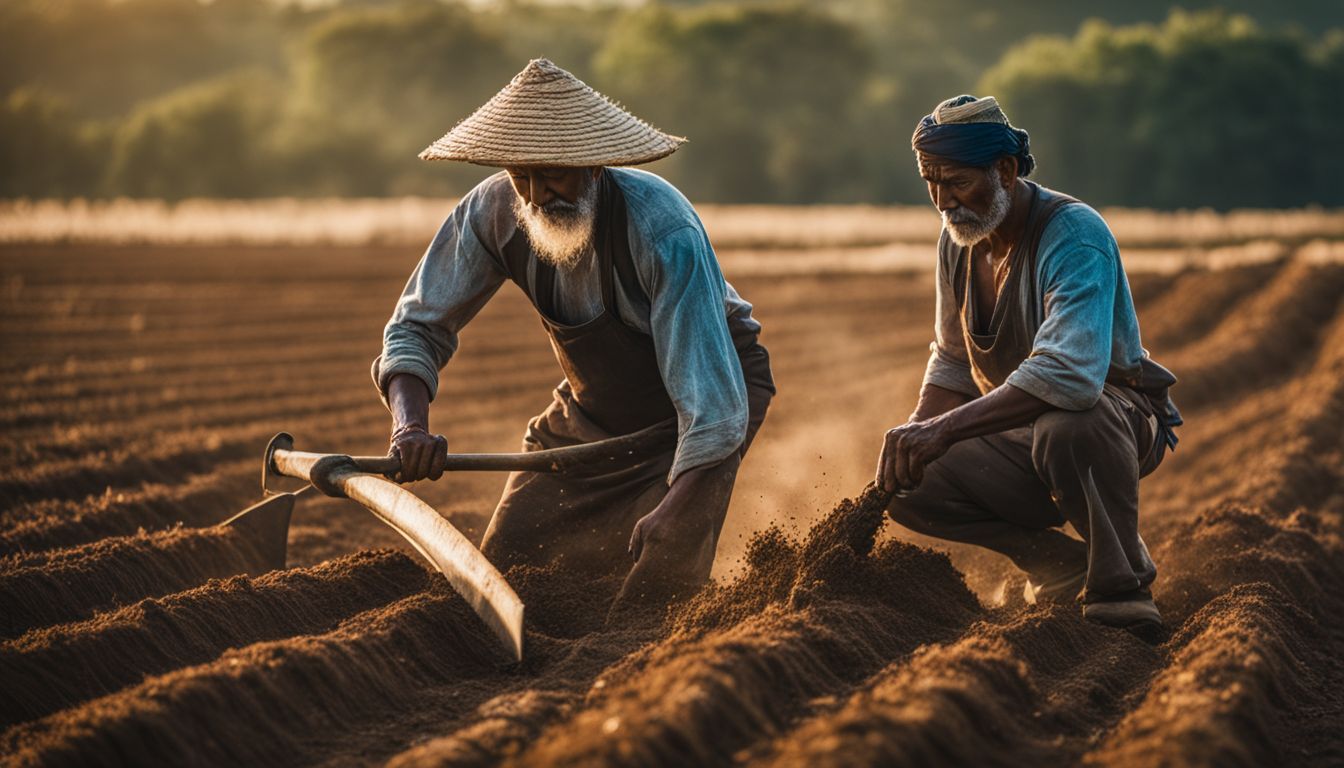
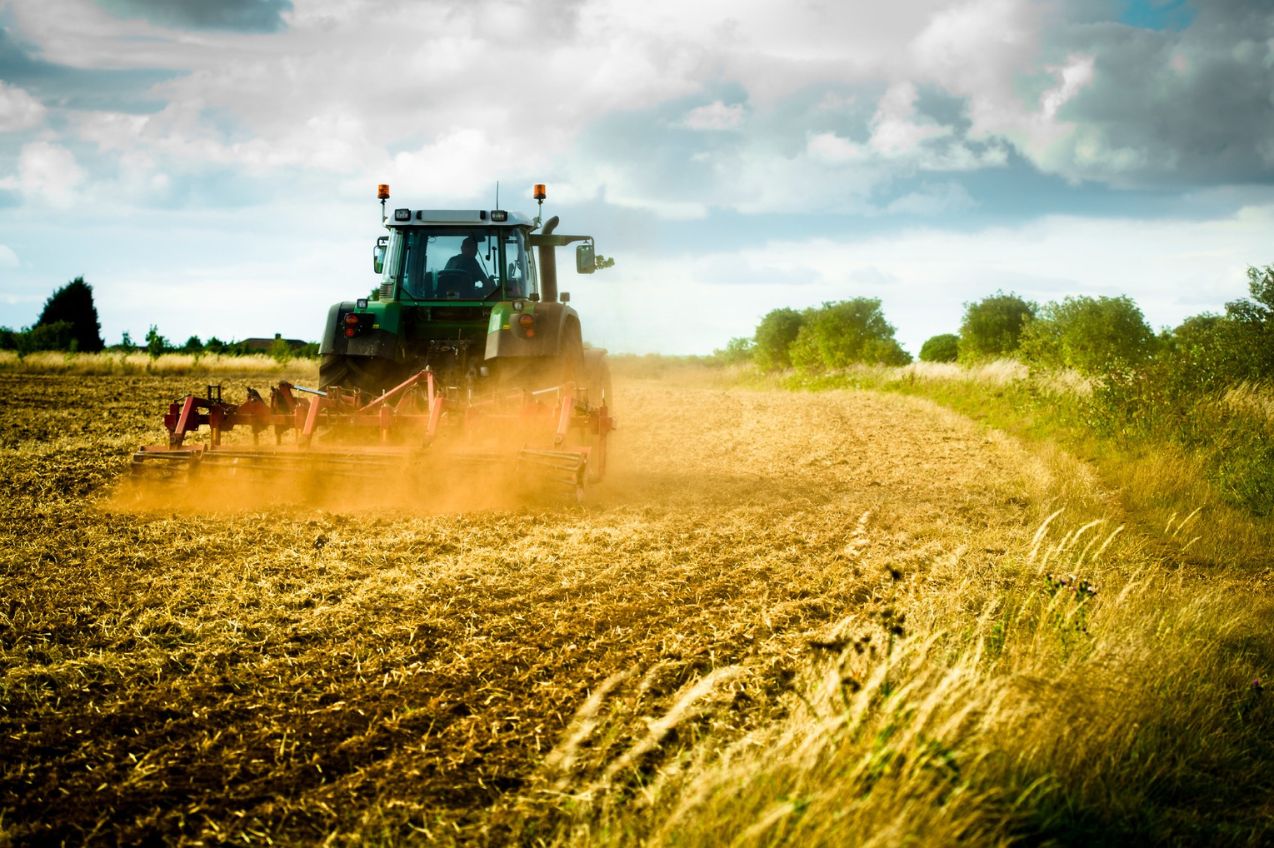
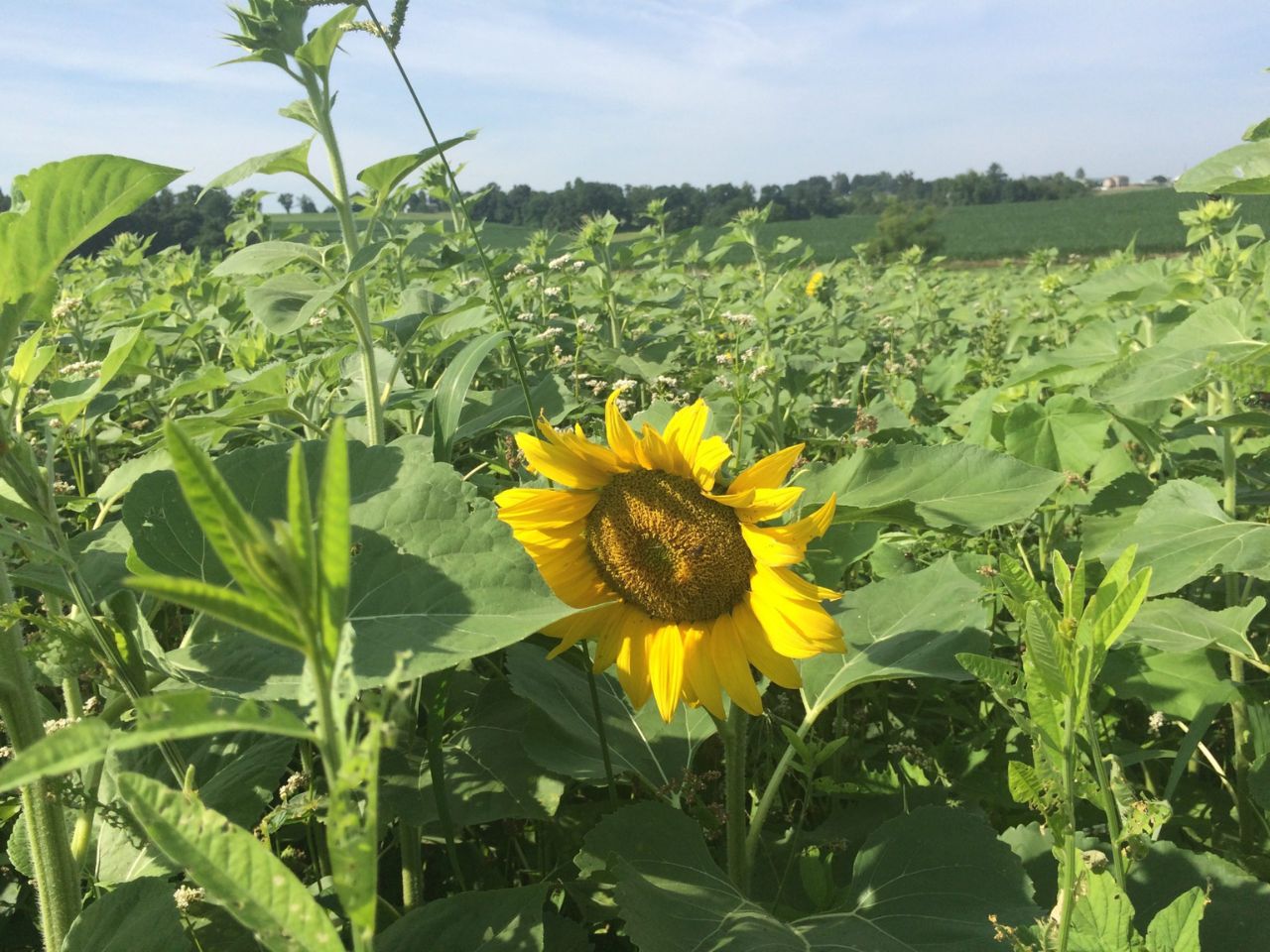
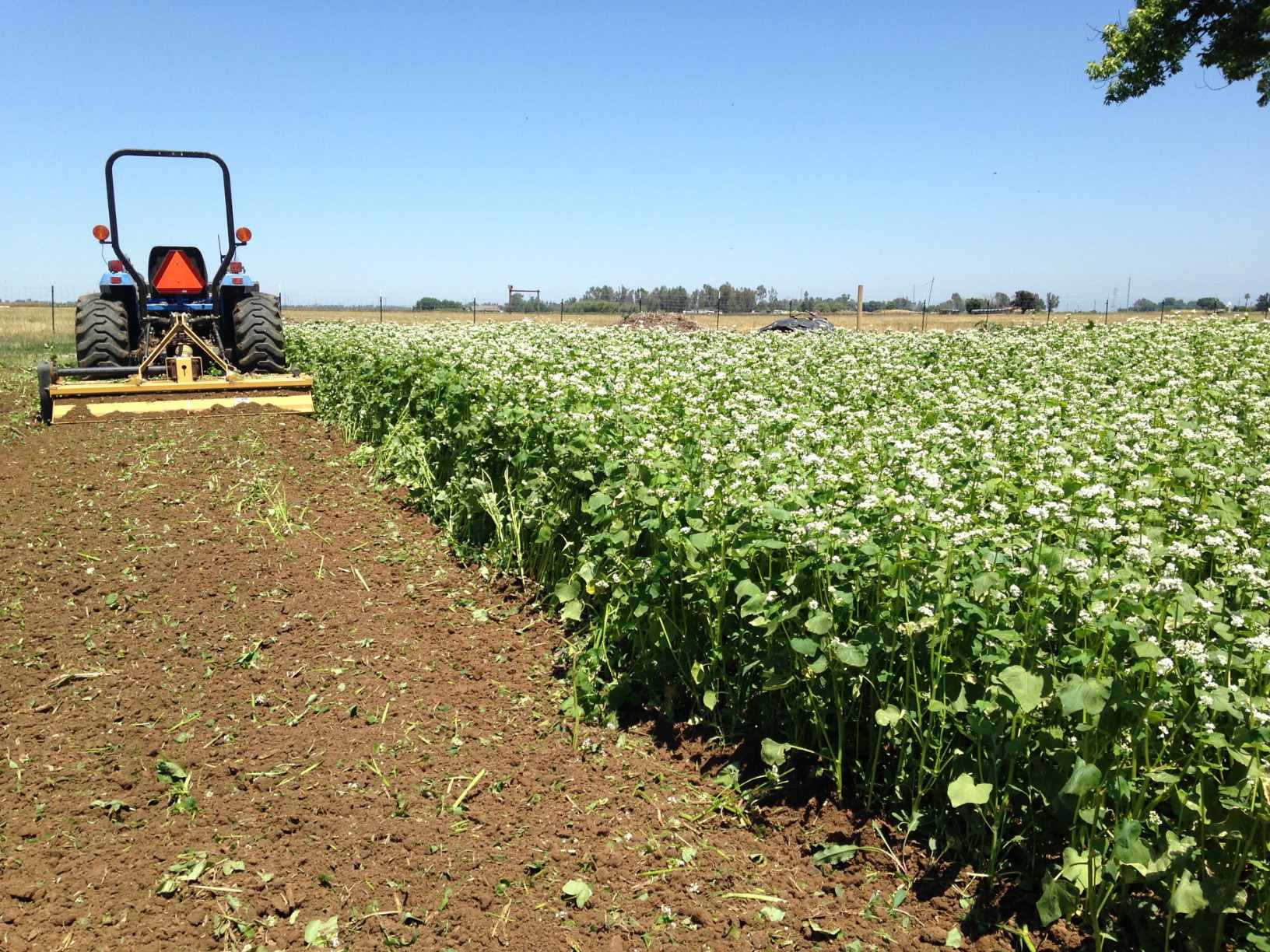



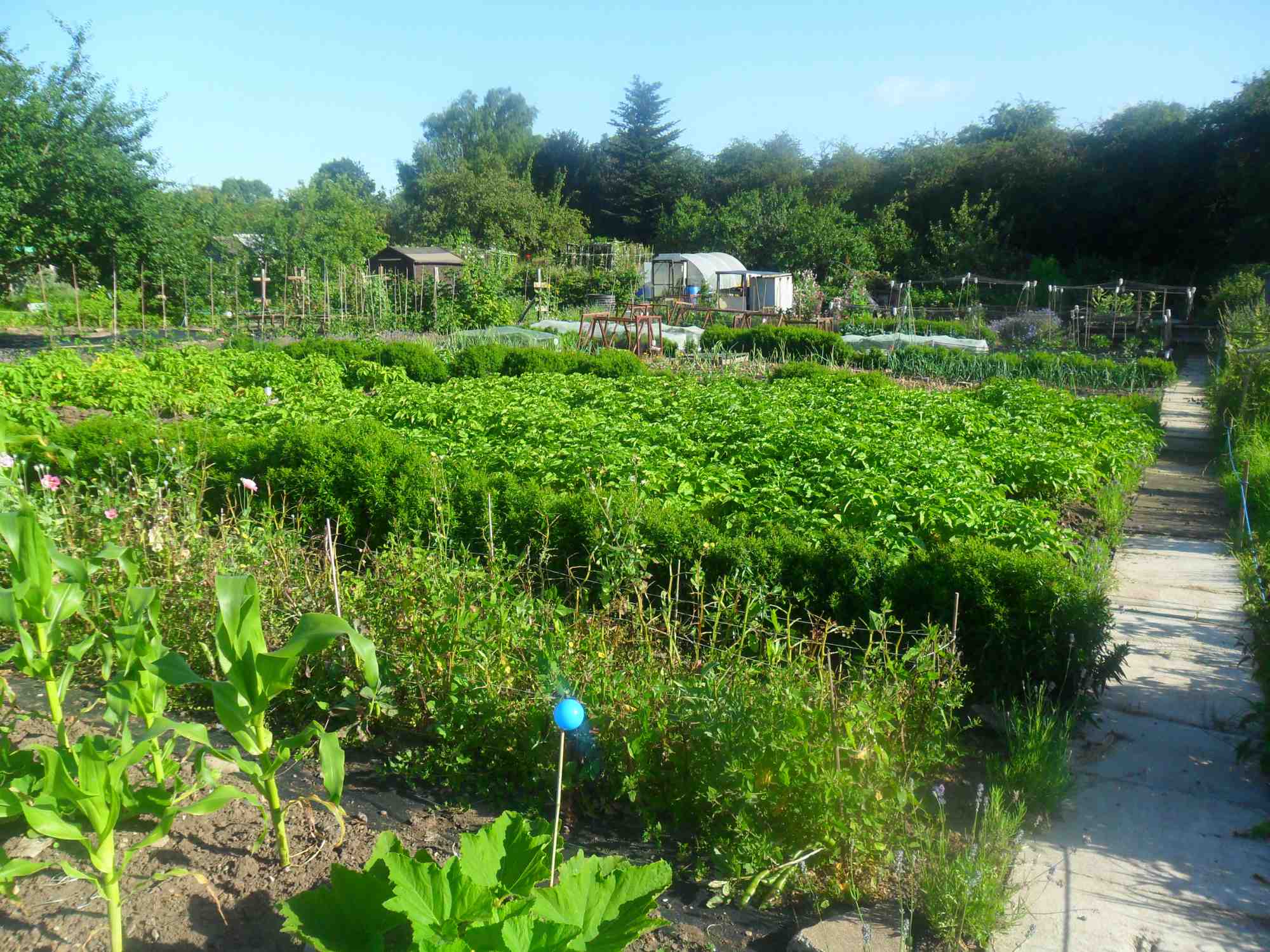


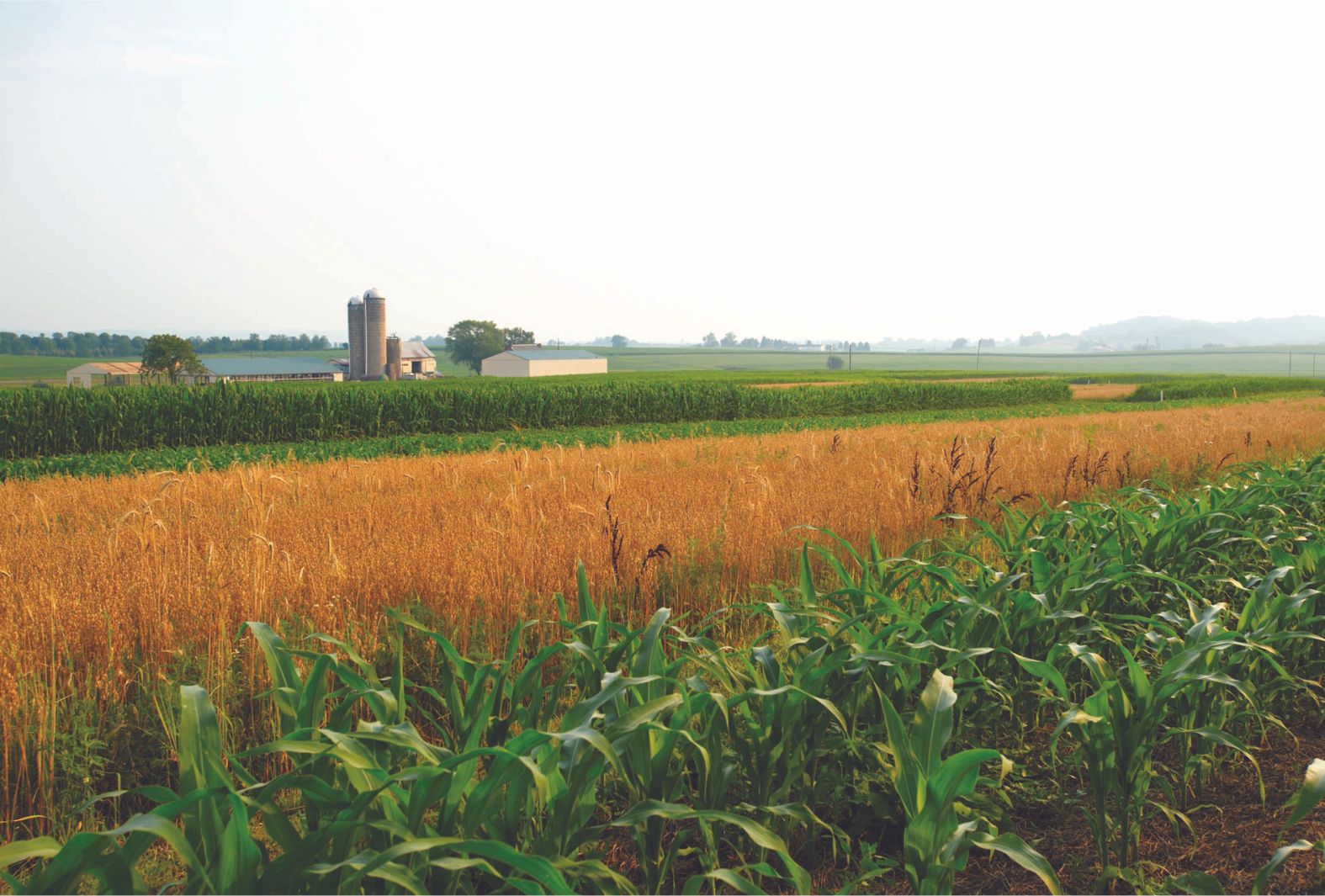
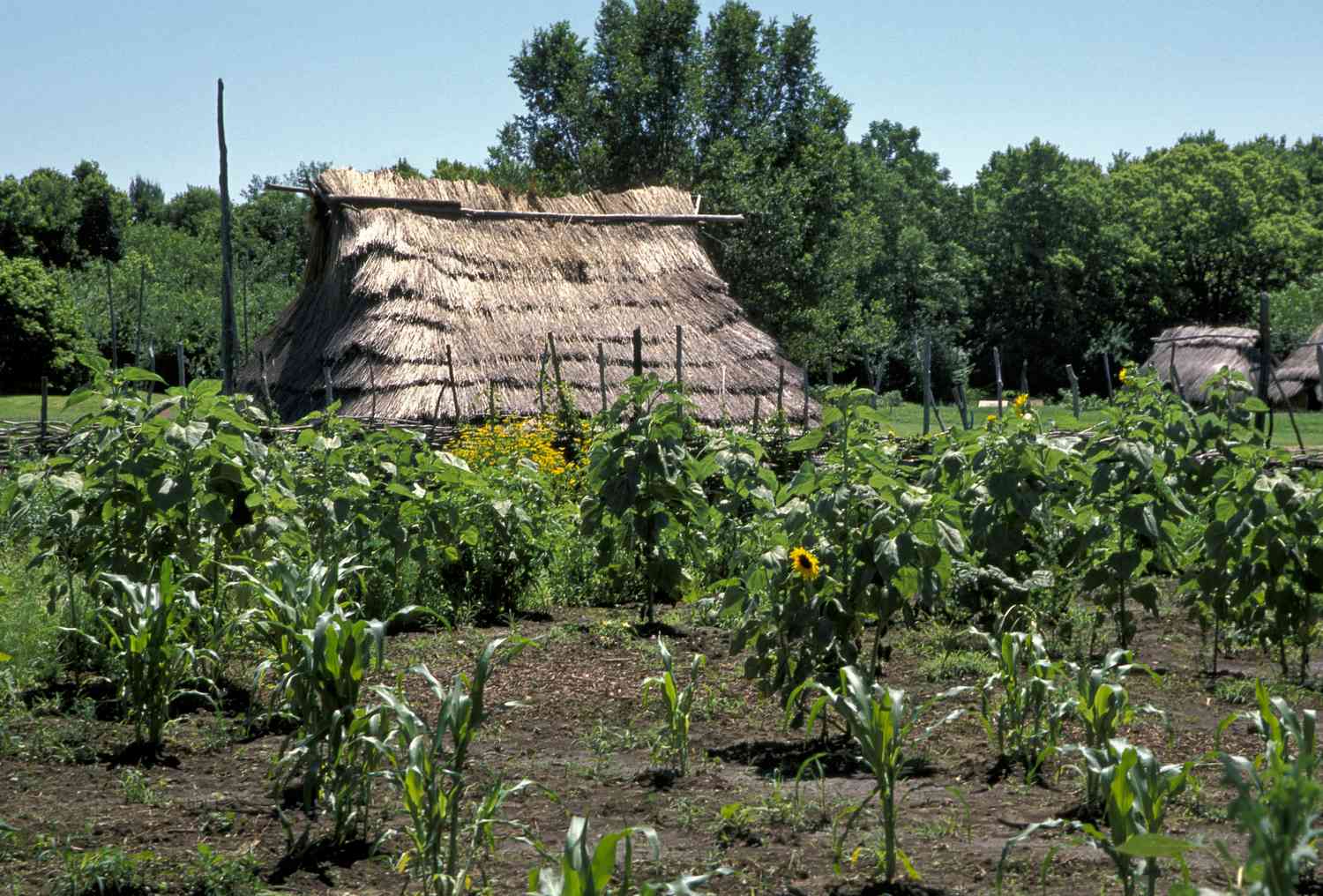



0 thoughts on “What Did Crop Rotation Mean In The Industrail Revolution”